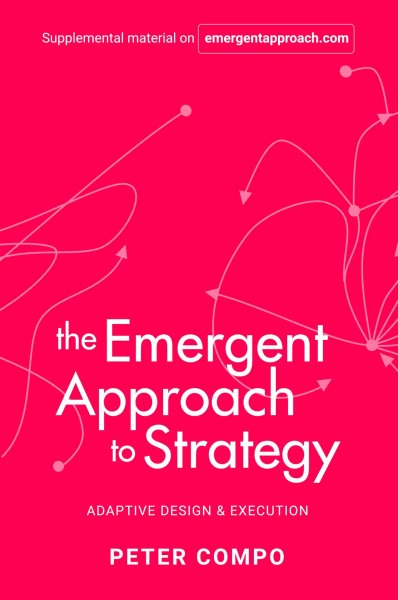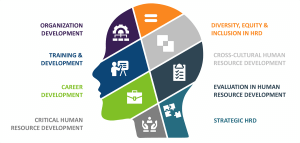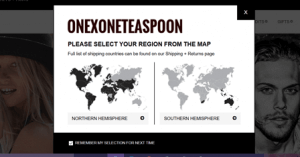
More than anywhere, because Asian companies are growing fast and serving diverse markets, metrics are an essential management tool for understanding whether strategy is leading to the achievement of objectives.
But with the digital revolution, the ability to measure is nearly limitless. How many numbers can people absorb and process? Twenty, thirty, or fifty at a time? When does a dashboard become a blur? After a relatively small number of metrics, the more you measure, the less you will see. The less you see, the more opportunity for cherry-picking and seeing what you want to see.
The Emergent Approach to Strategy presents several techniques to measure less and spend more time choosing the right metrics and understanding what they tell you. These are particularly important for Asian companies that have the advanced digital capability to easily collect and display data.
Consider three key points:
Use a Four-Station Dashboard
The idea here is to spend less time measuring resultsand more time measuring causes of results. The four stations used are:
1. Foundation metrics:
These audit whether the assumptions on which your strategy framework was built are still valid, including items like the action of competitors, economic conditions, and market trends.
2. Adherence metrics:
These measures whether the organization is adhering to your strategy framework, including policies in areas such as marketing, product development, and personnel management, and also your overall strategy rule.
3. Progress metrics:
These are indicators of progress towards the bottom line and the most common form of metric, including the success of the various functional groups in the company, milestone completion, and ratios of various types including benchmarks.
4. Bottom-line metrics:
These capture what ultimately matters and include overall financials and performance against core values such as safety and people treatment.
Minimize the number of process metrics
The process metrics are easiest to pile onto your dashboard because there are so many categories. For instance,
- People (turnover, satisfaction surveys, training success)
- Milestones (sale funnels, product development, stage-gate, projects in general)
- Financial (costs, prices, volume, taxes)
- Customer satisfaction (survey results, net promoter score, advertising performance)
- Production performance (asset utilization %, asset turns, first quality rate, overtime)
- High-level financial measures (inventory day’s supply, days sales outstanding, RONA, EBITDA, debt to equity ratio, margin)
- Ratios (results per person, or cost per sale),
- Benchmarks (any measure versus competition or some other target, including high-level aggregate financials numbers such as economic value add (EVA).
- Question whether you need process metrics by asking if there are a few numbers that will give you most of what you need. Some measurements may be traditional in your business but no longer essential.
Measure at the bottleneck
Perhaps the best way to limit progress metrics is to focus metrics on the bottleneck to progress.
In the Emergent Approach, strategy is defined as the central rule or policy aimed at busting the bottleneck to achieving your overall aspiration. The bottleneck is what’s in the way of achieving your aspirations (i.e., goals, mission, vision)—what’s limiting progress.
The key is that it is impossible to make progress unless you improve what’s in the way of your overall aspirations.
Bottlenecks can be found in many areas, including:
- People or culture related
- Intelligence-related (lack of knowledge about competitors or markets)
- Lack of process capability; digital capability
- Lack of methods (for instance, management, technical, or marketing)
- Lack of capital/resources
- Complexity
- Lack of alignment and common language
- Bad framework or missing strategy
Conclusion
Your strategy framework should have programs, plans, and tactics to bust the dominant bottleneck to achieving your goals, mission, or vision. Measure the adherence and progress on these aspects of your framework because only improvement here will enable achieving your aspiration. If you measure all aspects of the business equally, you dilute the focus on what matters most.
*Peter Compo, a former veteran of DuPont, is the author of The Emergent Approach to Strategy: Adaptive Design and Execution (Business Expert Press, May 2022). A 25-year veteran of DuPont, Compo held leadership positions in R&D, product management, marketing, supply chain, and business management, and was the corporate lead for integrated business planning. For more information, go to: www.emergentapproach.com


Recognising excellence across the Asian Pacific.
Nominate now ➜
Read the latest and past issues of APAC Insider.
Explore issues ➜
Find out how we can help your business grow.
Find out more ➜




















